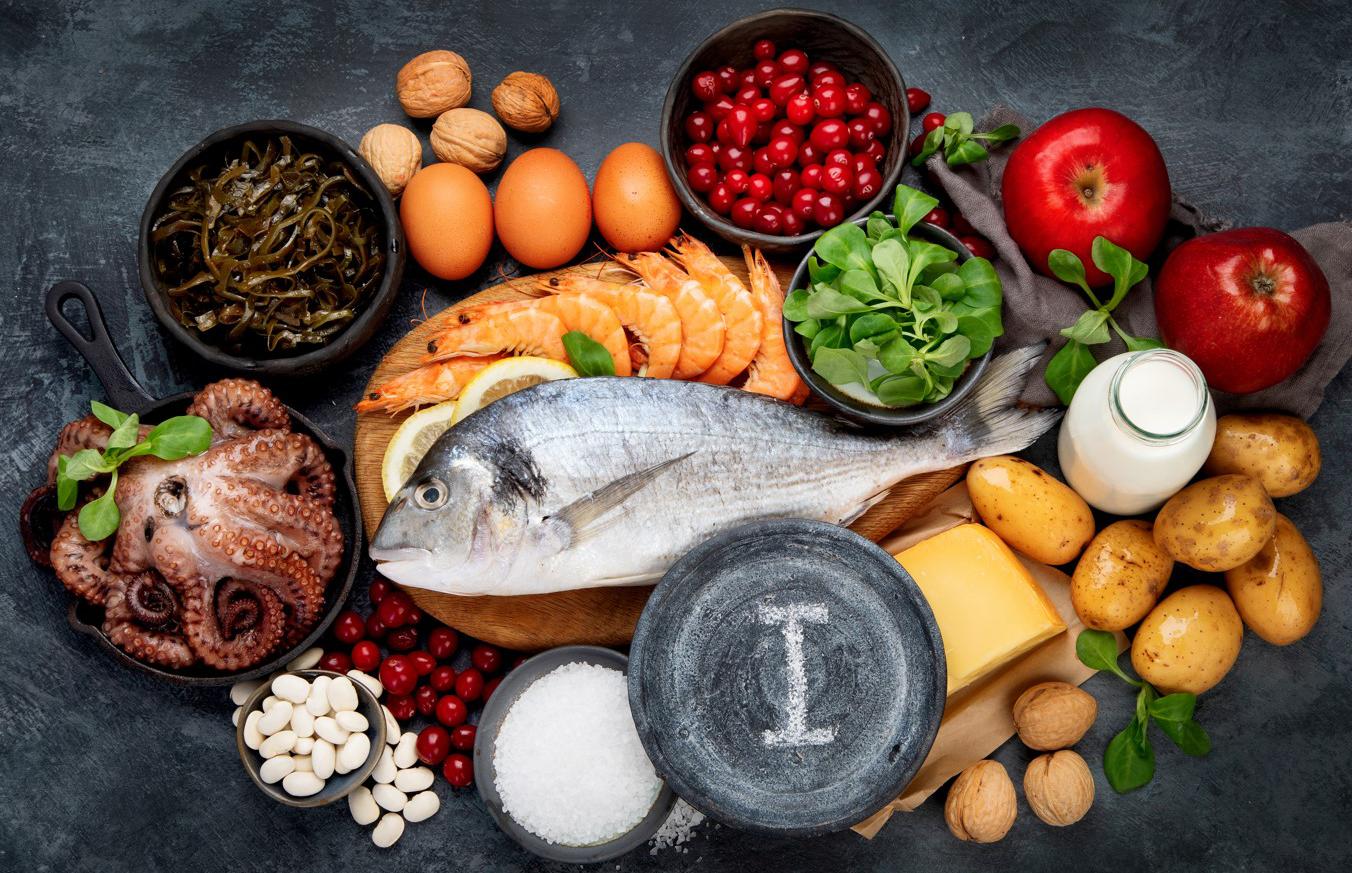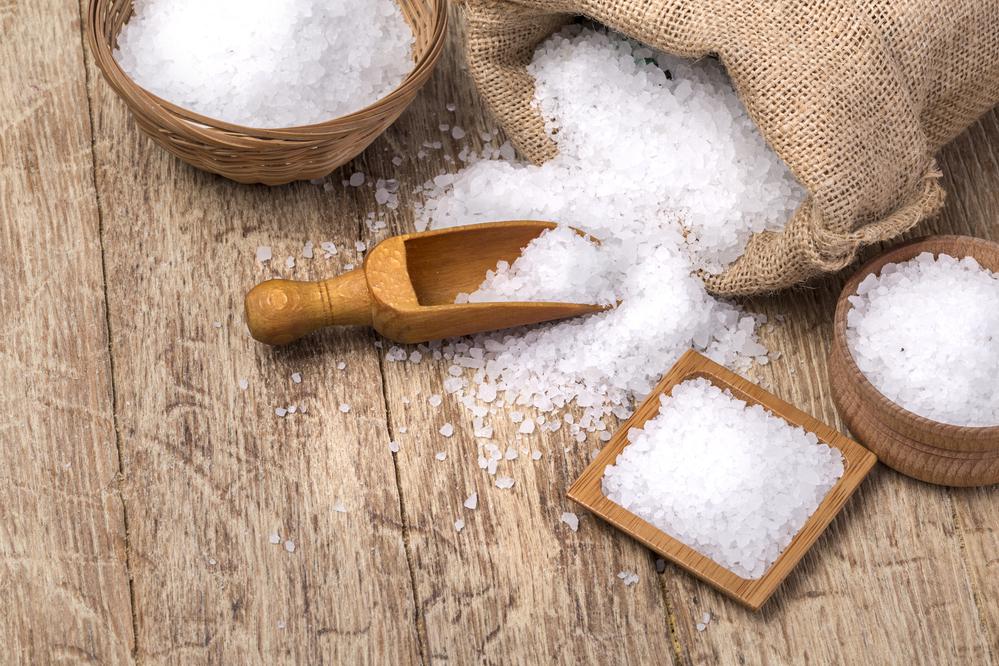
- What is it needed for
- Daily norm
- 7 Foods Containing Iodine
- Expert commentary
Valentina Maskaeva, endocrinologist, nutritionist, nutritionist at Maria Merekina’s Idealist preventive medicine clinic;
Sofia Petkileva, endocrinologist of the BestDoctor group of companies.
What is iodine for?
Iodine is an important microelement that is not produced in the body; a person receives it from food. Iodine levels can also be maintained with dietary supplements, which should be prescribed by a doctor based on test results. Iodine helps the thyroid gland produce the hormones thyroxine and triiodothyronine, which are involved in the creation of proteins, the production of enzymes, and regulate proper metabolism.. Iodine is unevenly distributed in nature; its deficiency is more often experienced by residents of regions remote from the sea, whose soil and water contain small amounts of this element (1), (2).
Daily iodine requirement
The daily iodine intake depends on various factors, primarily age and gender.
According to the Ministry of Health, the daily physiological requirement for iodine is (3):
• 90 mcg – for children under five years of age;
• 120 mcg – for children 5–12 years old;
• 150 mcg – for adolescents and adults;
• 200 mcg – for pregnant and lactating women.
7 Foods Containing Iodine

Iodized salt is a rich source of iodine
Food sources of iodine include dairy products, seaweed, some fish, legumes and fruits.
1. Iodized salt
Iodized salt is a rich source of iodine. 1/4 teaspoon contains about 71 mcg of iodine (47% of the daily value). But all salt also contains sodium, which negatively affects blood pressure. and is contraindicated for hypertensive patients. It is necessary to consult with a specialist in what quantities iodized salt can be added to food (4).
2. Fever
Cod is a low-fat, low-calorie fish containing many vitamins and microelements. 85 g of cod meat contains 63-99 mcg of iodine (42-66% of the recommended daily intake). The amount of iodine in fish depends on many factors, including where it lives and how it was raised (5).
3. Dairy products
Dairy products are becoming the main source of iodine for many.. The amount of microelements in them depends on what the cows are fed and what products are used during milking. On average, a glass of milk can provide 59-112% of the recommended daily value. One serving of yogurt contains approximately half the recommended daily value. Cheese can also be a source of iodine. Cottage cheese is the richest dairy product in iodine. (6), (7), (8).
4. Tuna
Tuna is high in protein, potassium, iron, B vitamins and low in calories. . Tuna can also be a rich source of omega-3 fatty acids. But the fattier the fish, the less iodine it contains, and there is less iodine in tuna than, for example, in cod. A serving of approximately 85 g contains about 17 mcg of iodine (about 10% of the daily value) (9).
5. Eggs
Eggs, with their low calorie content, contain a lot of healthy fats, vitamins and microelements. They are mainly found in the yolk. It is added to chicken feed in different quantities, so the amount of iodine in eggs may vary. On average, one egg can contain approximately 24 mcg of iodine (16% of the daily value) (10).
6. Prunes
Prunes are high in fiber, which helps normalize digestion. It also contains vitamins A and K, potassium, iron and other nutrients and trace elements. It can also be used as a source of iodine for those who adhere to vegetarianism: five prunes contain about 13 mcg of iodine (about 9% of the daily value).
7. Shrimps
Shrimp are low in calories, rich in protein and iodine. IN They contain vitamin B12, selenium and phosphorus. Shrimp contain a lot of iodine because they absorb some of the trace element found in seawater. 85 grams of product contain about 35 mcg of iodine (23% of the daily value).
Expert commentary
Insufficient production of thyroxine leads to the formation of goiter (enlargement of the thyroid gland) and hypothyroidism
